The Profound Impact of Digital Technology on Modern Art
Equally dramatic as Picasso's effect on painting or Beethoven's on music, digital technology has revolutionized art at all its levels—creation, exhibition, and consumption. This phenomenon opens a new chapter in the broad and rich history of art, redefining creativity and audience behavior, breaking barriers, and establishing new paradigms. We invite you to join us as we analyze the imprint of digital technology on contemporary art.
Creating Art in the Digital Age
Once confined to physical mediums, artists are now embracing digital tools and platforms to bring their ideas to life. By Photoshop, Illustrator, and Procreate, to 3D modeling software like Blender and Maya, the digital creative process is boundless.
An excellent example is The Arrival of a Train by Laure Prouvost. Prouvost uses video editing and sound design tools to create an immersive experience, breaking traditional narrative structures, and engaging viewers on a more personal level.
Exhibition and Accessibility
Digital technology has not only affected art creation but also its exhibition. With virtual galleries, online platforms, and social media, showcasing art well beyond physical gallery spaces is now possible. This shift democratizes art, making it more accessible and promoting international diversity.
TeamLab, a Tokyo-based art collective, exemplifies the use of digital technology in art exhibitions. Their immersive, digital art installations have made waves in the international art scene, offering an interactive experience that resonates with a more tech-savvy audience.
Art Consumption and Engagement
As the digital age transforms the way art is created and exhibited, so too does it shape art's consumption. Digital platforms allow for immediate, global access to art, empowering viewers to explore, critique, and share work from any artist, anywhere, at any time.
Consider Beeple, a digital artist whose piece, Everydays: The First 5000 Days, sold as an NFT at Christie's for a staggering $69.3 million. This revolutionary format presents a new way for audiences to interact with and own digital art in an increasingly virtual world.
Conclusion
From start to finish, digital technology has fundamentally reshaped the art landscape. It has amplified creativity, increased accessibility, and broadened the understanding and appreciation of art. The advent of this digital era is not merely a superficial addition to art's trajectory but represents a profound reimagining of what art can be in the 21st century.

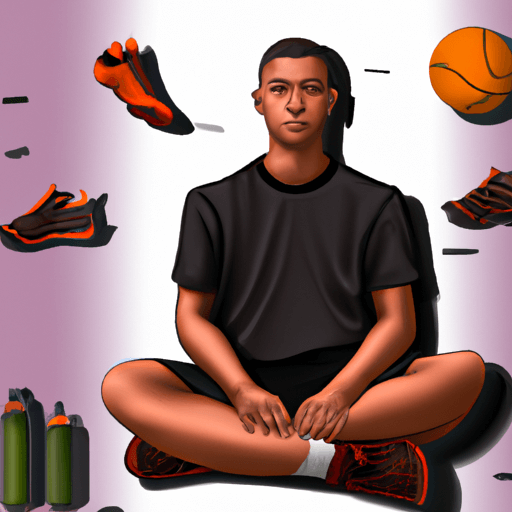



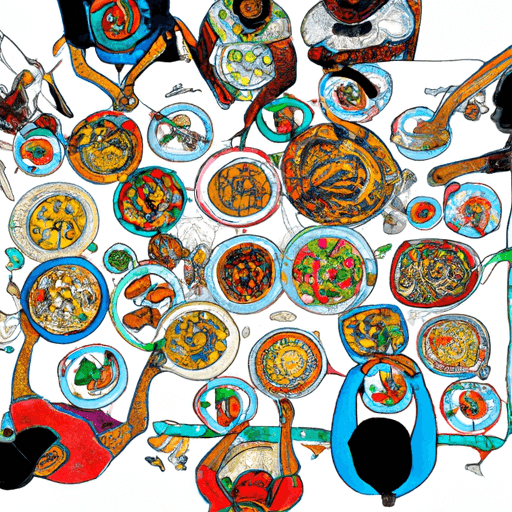

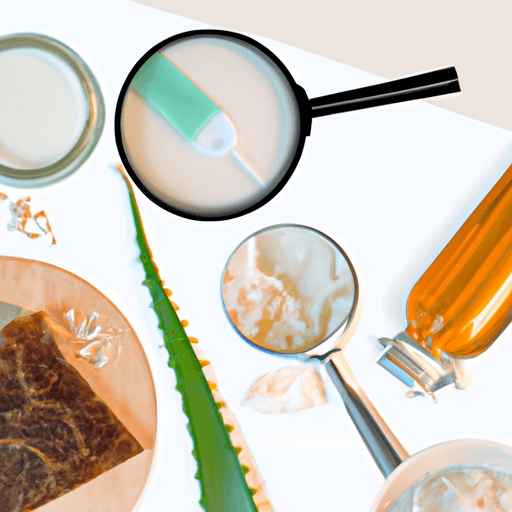

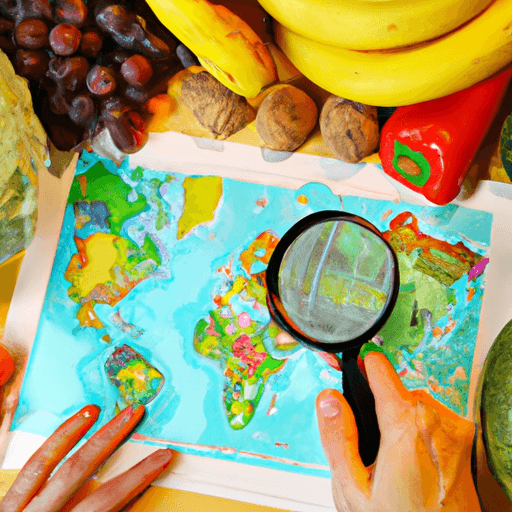



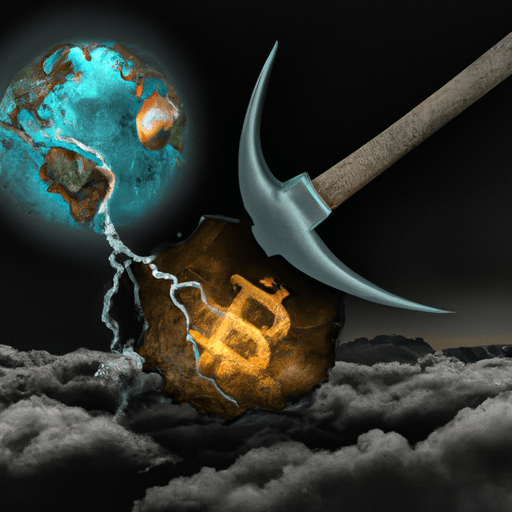




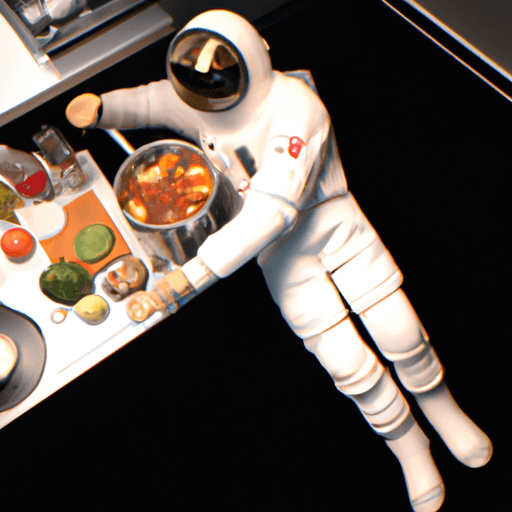
Comments
Leave a Comment